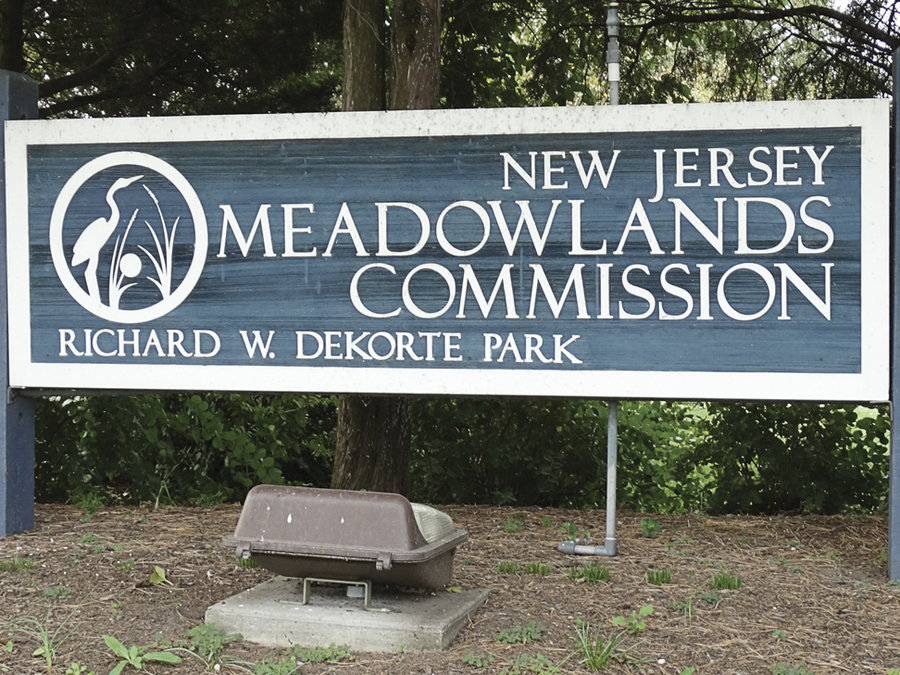In a dramatic break from the past, Secaucus has assumed authority for handling most of the zoning and development applications within the town’s boundaries. That should result in much faster turnarounds for applications. It also means that the bulk of the fees generated will now go to Secaucus – possibly several hundred thousand dollars a year.
Previously the New Jersey Meadowlands Commission (NJMC) controlled the zoning for 88 percent of Secaucus, the portion considered within the Meadowlands. This means they not only dictated what could and could not be built in the majority of the town, but they could penalize business owners for infractions as minor as displaying too large a sign.
Use variances will stay with the NJSEA, meaning any application to change the usage of a property, for example from a warehouse to another type of commercial space. The NJSEA will also retain oversight of areas in need of redevelopment. And most applications will still go to the NJMC first, but will then be routed to the town.
The change can affect applications large and small, from adding levels to a house to building a large development.
The NJMC was established in 1969 as a regional zoning, planning, and regulatory agency to protect the region and ensure the orderly development of the Meadowlands. They had final say over both residential and commercial real estate within their purview. Earlier this year, Gov. Christopher Christie signed a bill folding the Meadowlands Commission into the New Jersey Sports and Exposition Authority (NJSEA), created in 1971 to oversee the Meadowlands Sports Complex.
“We’re here to protect [environmentally] but also be business friendly and get things turned around.” –Mayor Michael Gonnelli
____________
Under the tax sharing plan, established in 1972, a number of municipalities within the Meadowlands region paid into a fund, while other municipalities withdrew money from the fund. Secaucus was always the largest contributor to the fund.
The newly signed bill also allows any of the 14 towns to “opt out” of NJSEA control and take over their own planning and zoning. Secaucus and Kearny were the only two towns to opt out.
On Thursday, Oct. 22, the NJSEA voted unanimously to pass a resolution allowing Secaucus and Kearny to take over the review and processing of their own land-use applications.
The agreement became effective on Nov. 1.
A monumental change
“For us this is monumental,” said Mayor Michael Gonnelli. “We will still need to follow their guidelines, but it gives us more local control.”
Business owners in the past expressed frustration at the length of time it took to get applications reviewed by the Meadowlands Commission. But things are different now.
“From a business perspective, people that moved into town and opened a business used to run across a lot of roadblocks,” explained Gonnelli. “We should be able to turn them around a lot quicker.”
Applications will still go first to the NJSEA. “They deem if it’s an application that stays with them or comes to us. They have three days to turn it around to us,” said Gonnelli.
He explained, “The Meadowlands Commission used to average about 20 applications a month just on Secaucus property. It could be an addition to a building or something as small as an awning or a sign. Those 20 projects a month will now stay here with us.”
Secaucus is required to comply with the conditions of the Meadowlands master plan and the NJSEA’s overall zoning rules and regulations, created in part to protect the wetlands. Which fits right in with the goals of the town.
“We’re not looking to do anything that would hurt environmentally,” said Gonnelli. “That’s never going to happen while I’m mayor. We’re here to protect but also be business friendly and get things turned around.”
New town engineer hired
Jennifer Modi was hired as the new Town Engineer for Secaucus beginning on Oct. 26. A town resident, she is an experienced civil engineer who previously worked for New York City.
Her job is a 20-hour part time position that entails dealing with all Meadowlands issues as well as general engineering, which is currently outsourced to a professional firm. Gonnelli expects Modi’s role to expand to full time in the near future, “because I think she’s going to be inundated with work.”
The town is also considering hiring a planner, based on the influx of land-use applications. Currently Secaucus employs a planner on a consulting basis.
“We’re going to go on a case by case because you don’t need a planner for every application,” said Gonnelli. “If we see by the first of the year that we need a planner then we’ll hire a planner.”
Given the obvious benefits to the town, the question arises: Why were Secaucus and Kearny the only two municipalities to opt out?
“The easiest answer to that is Secaucus and Kearny have the most property in the Meadowlands,” said Gonnelli. “It wouldn’t pay for Jersey City to opt out. Only 3 percent of their land is in the Meadowlands. East Rutherford, everything that they have to develop is in the Meadowlands Sports Complex. All the others are small towns.”
Secaucus, with its expansive, significantly developed land base in the Meadowlands, was always the largest payer into the tax sharing plan. Kearny, on the other hand, was always the biggest receiver of funds from tax sharing. “The difference is their property was landfills and ours was prime real estate,” said Gonnelli.
Art Schwartz may be reached at arts@hudsonreporter.com.
